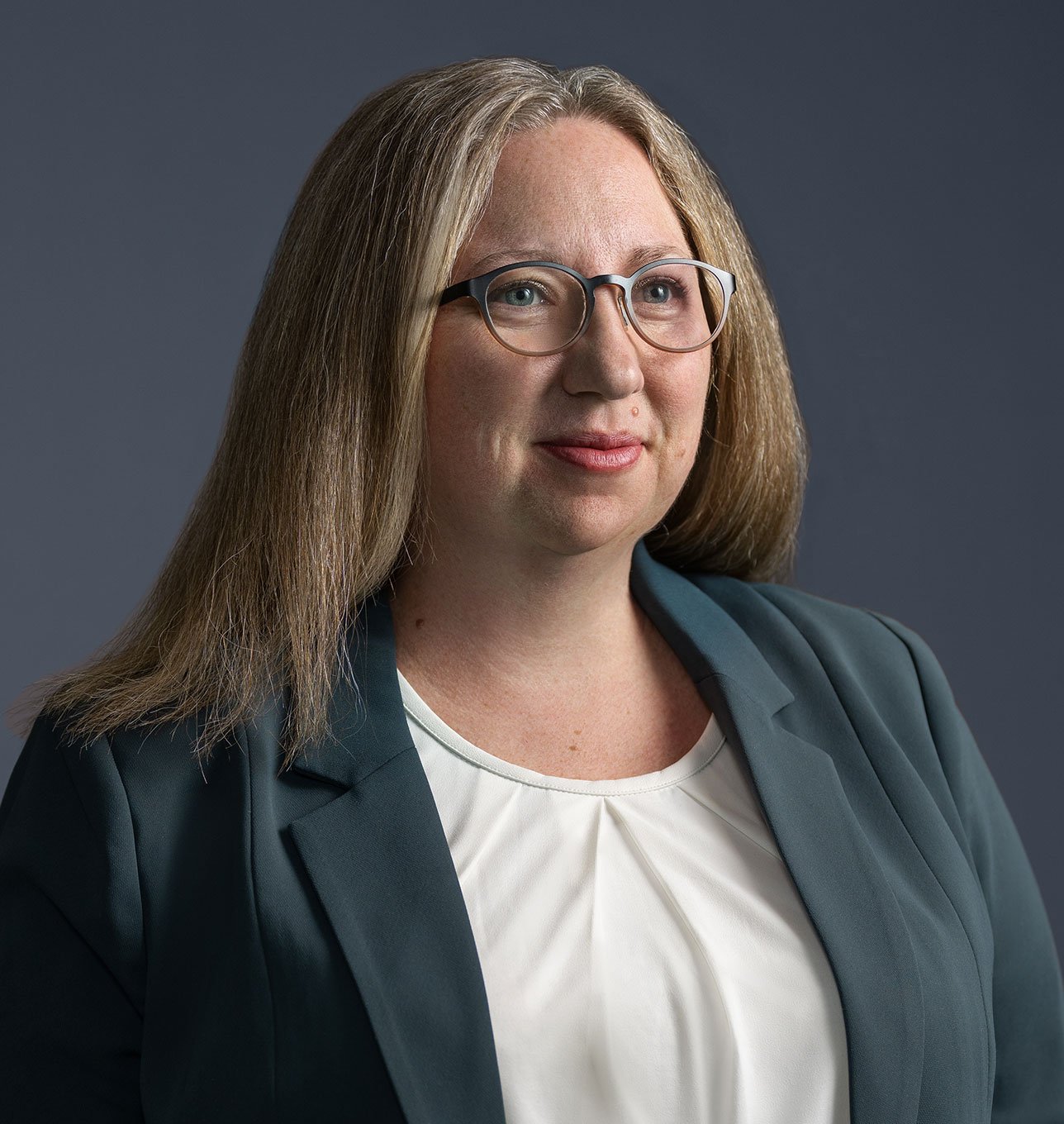SECURE 2.0 Facilitates Funding Retiree Medical and Life Insurance Accounts
Among the many changes to laws governing retirement plans in SECURE 2.0—the long-awaited follow-up to the 2019 SECURE Act that passed as part of the 2023 Consolidated Appropriations Act—is a provision that may benefit sponsors of over-funded pension plans. Under Section 420 of the Internal Revenue Code (“Code”), as amended by SECURE 2.0, and subject to certain conditions, pension plans that are at least 110% funded may transfer a portion of their assets to cover costs for their retiree medical or life insurance plan.

Section 420 Background
Section 420 of the Code generally allows employers that have an overfunded pension plan to transfer a portion of the surplus assets to a health benefit (401(h)) or life insurance account that is part of the pension plan to pay benefits that are reasonably estimated to arise over the “transfer period.” A plan may make either a “qualified transfer” or a “qualified future transfer”; in either case, no more than one transfer a year can be made. In a qualified transfer, the “transfer period” is the taxable year of the transfer and the plan must be at least 125% funded; in a qualified future transfer, the transfer period is up to 10 years beginning with the taxable year of the transfer and the plan must be at least 120% funded. If the amount transferred is not utilized during the transfer period, it must be transferred back into the pension plan. Such amount is not included in the employer’s gross income, but it is treated as a reversion subject to a 20% tax.
Prior to SECURE 2.0, Section 420 provided that the retiree health/life insurance benefits had to be maintained during a “cost maintenance period” of 5 years starting with the taxable year of the transfer for a qualified transfer and 4 years following the transfer period for a qualified future transfer. Additionally, transfers had to be made by December 31, 2025.
SECURE 2.0 Changes to Section 420 Transfers
The first change that SECURE 2.0 made was to extend the transfer deadline by 7 years, to December 31, 2032.
The second change was to add a new “de minimis” transfer option. Key requirements are as follows:
- The de minimis transfer option applies to a transfer of not more than 1.75% of pension plan assets;
- A plan only needs to be 110% funded to make a de minimis transfer;
- The plan needs to have been at least 110% funded for the two years prior to the transfer; and
- The cost maintenance period is 2 years longer than for a non-de minimis transfer.
For more information, or if you are interested in exploring Section 420 transfers, contact an attorney in the Mayer Brown Employee Benefits group.
The post SECURE 2.0 Facilitates Funding Retiree Medical and Life Insurance Accounts appeared first on Benefits & Compensation Blog.



